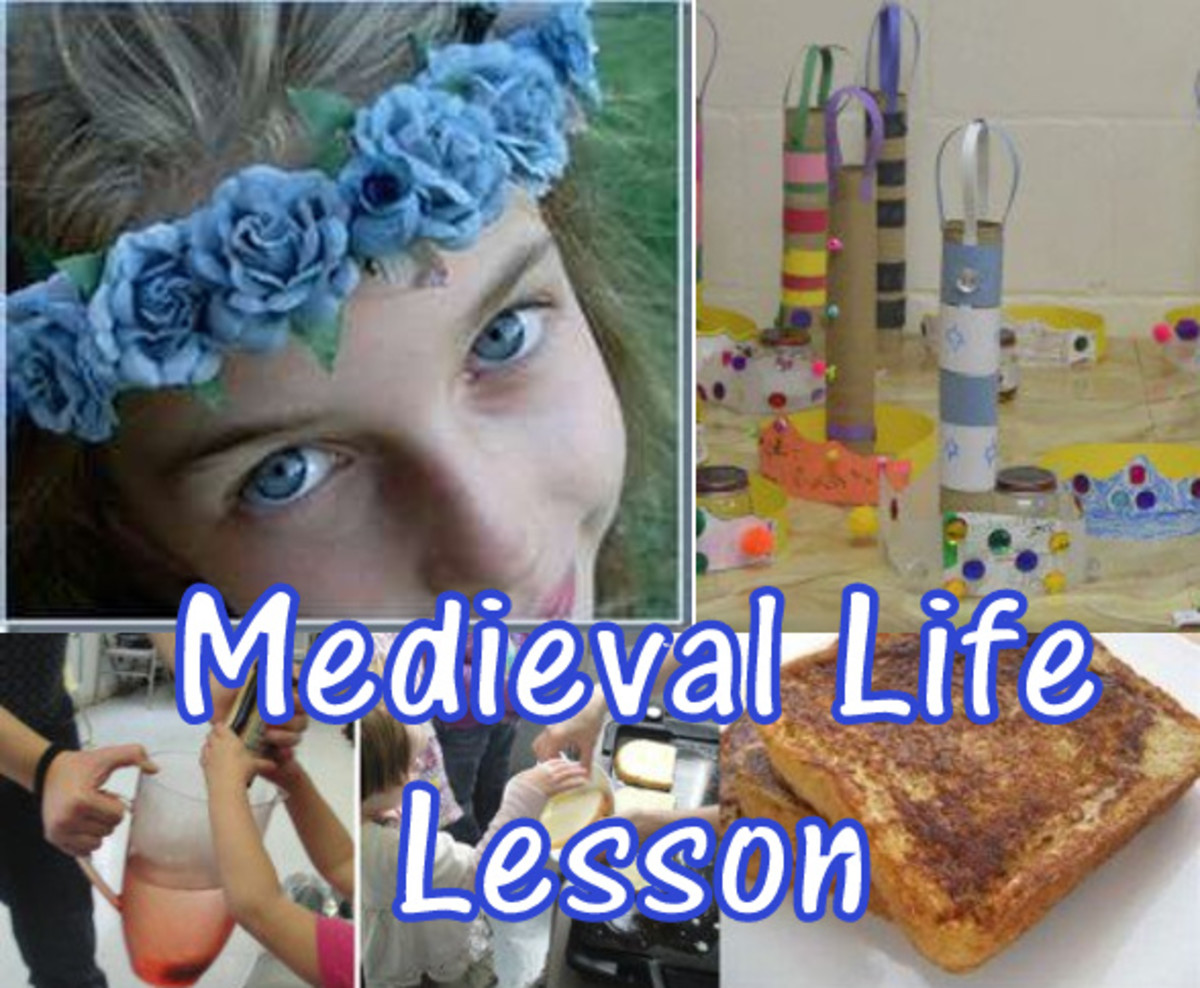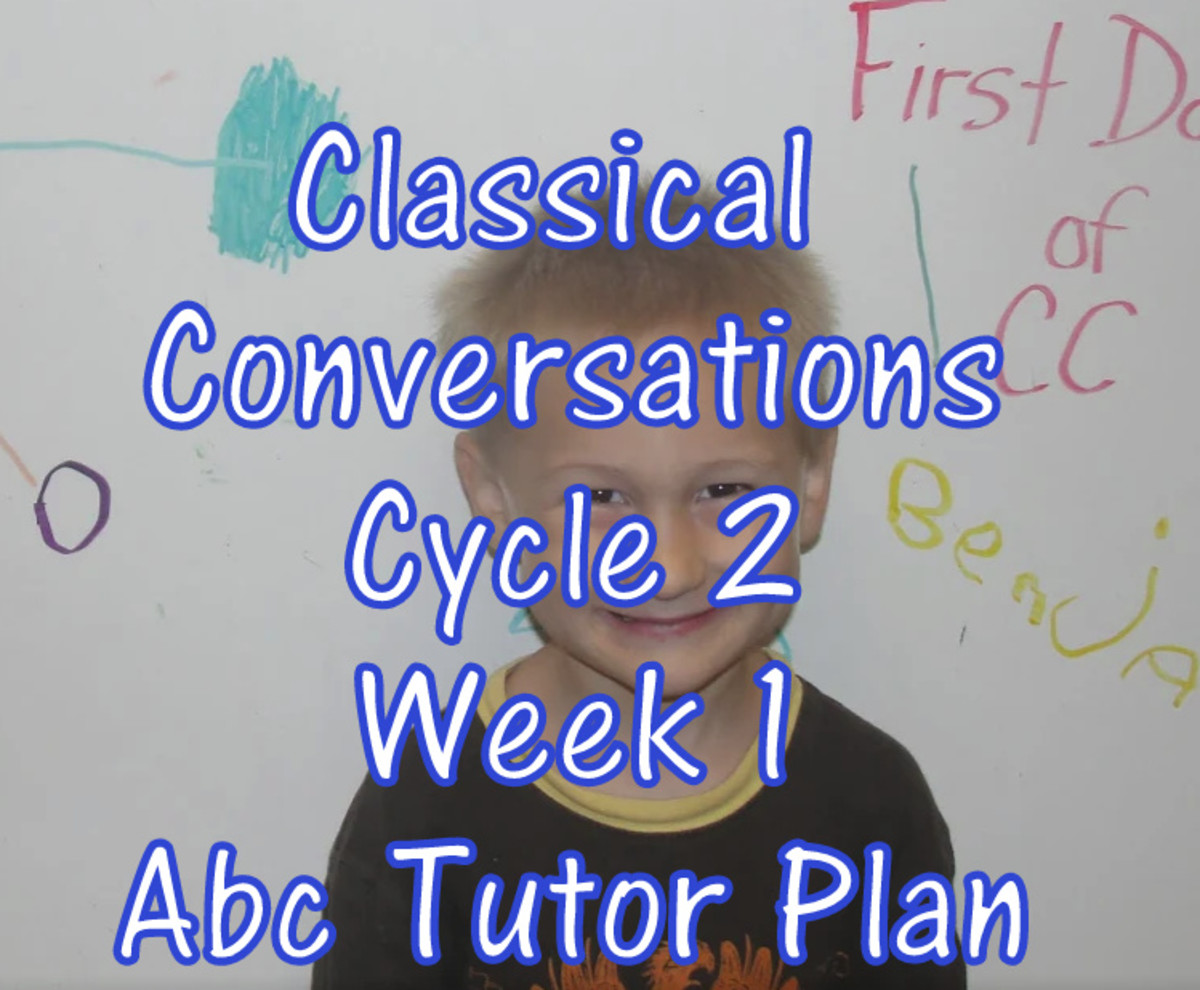What Does It Mean To Be An Effective Teacher?

“Creativity has been a virtue in educational discourse for at least two hundred years, along with other related qualities like ‘imagination,’ ‘originality’ and
Pre-claimer: This article is written from the idealistic point of view of a teacher in training and therefore does not intend to reflect details pertaining to the stark day to day reality of the teaching environment that is found in many high schools in developed countries around the world. Secondly, this article is geared towards effectively teaching middle school children in particular.
“Central to the process of learning to teach are views about the primary goals of teaching and definitions of an effective teacher.” (Arends, 1998.) Therefore, in learning to be a teacher a very important question is “What does it mean to be an effective teacher?” Firstly, in this essay, various definitions, from various sources and in relation to what has been taught in this unit, will be discussed in light of whether they are or are not essential to being an effective teacher. Secondly, to provide a point of difference or contrast in this essay between what various academic sources say about effective teaching and what in practical, day-to-day, terms denotes effective teaching, consideration will be made of what makes an effective teacher from the point of view of students. (Batten, Marland & Khamis, 1993.)
Within the educational community, there is a diversity that exists as regards the definition of an effective teacher. For instance, some argue that an effective teacher is “one who can establish rapport with students and a nurturing, caring environment for personal development. Others have defined an effective teacher as a person who has a love for learning… Still others argue that an effective teacher is one who can activate student energy to work toward a more just and humane social order.” (Arends, 1998.) In this essay, and after my own personal research and study, I have decided to adopt the prevailing view that an effective teacher is one who can “activate student energy.” Or, in other words, one who can inspire students to act. After all, the student is the centre of the purpose of teaching. The results of teaching effectively are therefore manifested in the students that are taught.
What overreaching qualities does an effective teacher possess? An effective teacher employs creativity in the classroom. (Hodge, 1993.) “Creativity has been a virtue in educational discourse for at least two hundred years, along with other related qualities like ‘imagination,’ ‘originality’ and ‘self-expression’… Creativity is seen as necessary for both teachers and students.” (Hodge, 1993.) The teacher should encourage use of the imagination. An example of this could be where the teacher assigns a narrative essay to students after they have read a historical account. Students could write the essay from the point of view of the subject or writer of the account. In this way, the student is creatively and empathetically stepping into the shoes of the writer whose works they have written. This method and other methods can be used to enable imagination, broaden the creativity of students and enhance their learning experience. (Hodge, 1993.) Why is creativity essential in the classroom of an effective teacher? In the example cited above, the student is able to identify with the subject they are studying because of being able to employ their own imagination and creativity in that regard. Due to being able to identify with this, the student’s interest in the subject is fostered, and their grasp of the subject is therefore likely to be greater. (Hodge, 1993.)
An effective teacher creates a positive learning environment. (Arthur, Gordon & Butterfield, 2003.) The effective teacher will organise the classroom ecology in such a way as to maximise academic learning time, manage the physical environment, develop the classroom code, and develop routines and procedures as guidelines for students to abide by. (Arthur, Gordon & Butterfield, 2003.) This means that the effective teacher will be in control of the classroom environment. In this way, the students feel secure within the guidelines that the teacher instilled, knowing what is expected of them. Additionally, the students are in an environment free from noise, or confusion, or chaos because the teacher has set clear guidelines as to the conduct of the students and the nature of the environment. The teacher may need to clearly inform students of disciplinary measures that would be taken should a student overstep the guidelines that a teacher has instilled and effect the learning environment. Should this happen, a teacher is to clearly abide by their own preset procedure. In this way, students are sure that there are definite consequences if they are to negatively effect the positive learning environment by means of their own behaviour or refusal to abide by set procedures. Within the boundaries of procedure, the effective teacher can therefore facilitate a positive learning ecology where students are active, contributing members of the ecology that can directly benefit from the positive environment therein. (Arthur, Gordon & Butterfield, 2003.)
“When clear boundaries are set, any anxiety associated with confusion about behavioural expectations is reduced. The anxiety reduction itself makes it more likely that students will behave in accordance with the standards required.” (Arthur, Gordon & Butterfield, 2003.) At the beginning of a school year, or a school term, to help students to become more comfortable with regards the expectations that are upon them in terms of their behaviour, it would be appropriate that a teacher establish a clear set of class rules or behaviour guidelines. Clarity on the part of the teacher with regards to behaviour guidelines is important if a teacher is to be effective. (Arthur, Gordon & Butterfield, 2003.)
An effective teacher communicates effectively (Hodge, 1993.) and listens effectively. (Turnbull, 2007.) It is not only what a teacher says, but, also, how a teacher says it, that ensures that the message is correctly conveyed. It is important that the teacher uses adequate hand gestures, body movement and facial expression to physically accompany what is being taught. Additionally, the teacher is to ensure that there is enough pausing, at the correct interval, in what is said. This draws students’ attention to the lesson. Volume and pitch are also important in conveying a lesson of instruction in a manner which encourages the student to listen, pay attention and focus, and draw out the main points or conclusions. (Hansford, 1988.) What of listening? “Eminent psychologists have argued that ineffective listening is the greatest barrier to effective communication.” (Turnbull, 2007.) If the teacher’s focus is on developing learning in students, they should be skilled at listening to their students, and likewise, they should be developing their students’ own listening skills by means of the example that they are setting themselves (being good role-models for skilled listening). (Turnbull, 2007.) An effective teacher is an active listener who thereby knows more about their students, their thoughts, their concerns and their knowledge. (Turnbull, 2007.) This lends to the teacher therefore being able to apply Vygotsky’s approach to teaching. Vygotsky’s Zone of Proximal Development refers to the zone between tasks that a student can independently carry out and tasks that a student requires assistant from a teacher to carry out. According to Vygotsky, a teacher’s role is to ensure that learning takes place within the Zone of Proximal Development. That is, a teacher is to be well aware of the tasks a student can independently carry out, the knowledge a student already has or feels he or she has, before undertaking the task of teaching a student. (Daniels, 1996.) Therefore, for a teacher to be most efficient and effective, he or she is to be an active listener in order to define what the students know and what the students think they know, in order to work within the Zone of Proximal Development and facilitate effective learning. (Daniels, 1996.)
In addition to the above citations for what makes an effective teacher, there are more qualities or requirements sourced from a range of text resources. For instance, an effective teacher incorporates lesson planning. (McDevitt & Ormrod, 2010.) An effective teacher caters to students of diverse backgrounds. (King, Chipman & Cruz-Janzen, 1994.) An effective teacher practices behaviours of influence. An effective teacher is therefore a good role model. (Turnbull, 2007.) These are three more areas wherein a teacher can demonstrate their own effectiveness.
However, what do students feel makes a teacher effective? Do students look at this topic from a different, and more practical, point of view? In this way, the question of what makes an effective teacher can be considered from both the side of the academics who, over time, have researched and expounded on this topic and the students, who, captured in a point in time and surveyed accordingly, have expressed their own thoughts on what makes an effective teacher, can be answered in a more well-rounded, complete manner.
In Victoria, a survey of students from a cross-section of ages and schools was hosted wherein students were asked to identify the qualities that they valued in their teachers in answer to the question “What makes a good teacher?” (Batten, Marland & Khamis, 1993.) The five highest-rated features of a good teacher were: a teacher that helps students with their work, a teacher that explains well so that students can understand, a teacher that is “friendly, easy to get along with and doesn’t yell at you,” a teacher that cares about students, always ready to listen and understand and a teacher that makes lessons interesting and enjoyable. (Batten, Marland & Khamis, 1993.) Therefore, according to students across Victoria, Australia, the most impacting and important features of an effective teacher involved interpersonal relationships with their students as well as patience with, and time for, their students, and ensuring that lessons were enjoyable, interesting and understood by all. (Batten, Marland & Khamis, 1993.)
In considering what students view as the marks of effective teachers in comparison to what academics have commented are the marks of effective teachers, this writer has come to the conclusion that there is not much difference in terms of what it means to be an effective teacher. This was a pleasing result as it added more weight to the findings of the nine textbooks that were used as source material for this essay, as well as the twenty-plus textbooks that have been considered during this unit, EDP120.
What does it mean to be an effective teacher? In light of the information considered in this essay, being an effective teacher from the point of view of students means that students feel that they are understood, they feel that they are helped by their teacher, they feel that lessons are enjoyable and interesting, they feel that the teacher is not losing their temper and is easy to get along with, and they feel that the teacher truly cares about them, understands them and is always ready to listen to them. (Batten, Marland & Khamis, 1993.) From the point of view of the academic world and its research, an effective teacher is, among other things, “one who can activate student energy to work toward a more just and humane social order.” (Arends, 1998.) To this cause, the teacher is, among other qualities, creative, a good listener, an effective communicator, a facilitator of a positive learning environment, sets clear boundaries for students and implements discipline accordingly incorporates lesson planning, (McDevitt & Ormrod, 2010.) caters to students of diverse backgrounds, (King, Chipman & Cruz-Janzen, 1994.), practices behaviours of influence and is a good role model. (Turnbull, 2007.) An effective teacher therefore, comprises a composite set of values, ethics and qualities. It is the possession and inculcation of these qualities and intentions on the part of the effective teacher that elicits a favourable reaction, and by extension favourable academic results and life skills, from the students that teachers are working to inspire. (Turnbull, 2007.)
References:
Arends, R. 1998. Learning to Teach (4th Ed). Singapore; The McGraw-Hill Companies, Inc.
Arthur, M., Gordon, C. & Butterfield, N. 2003. Classroom Management. Creating Positive Learning Environments. Victoria; Nelson Australia Pty Ltd trading as Thomson Learning Australia.
Batten, M., Marland, P. & Khamis, M. 1993. Knowing How to Teach Well. Teachers Reflect on Their Classroom Practice. Victoria; The Australian Council for Educational Research Ltd.
Daniels, H. 1996. An Introduction to Vygotsky. London. Routledge.
Hansford, B. 1998. Teachers and Classroom Communication. London; Harcourt Brace Jovanovich Limited.
Hodge, B. 1993. Teaching as Communication. Essex; Longman Group UK Limited.
King, E., Chipman, M. & Cruz-Janzen, M. 1994. Educating Young Children in a Diverse Society. Massachusetts. Allyn and Bacon, A Division of Simon & Schuster, Inc.
McDevitt, T. & Ormrod, J.E. 2010. Child Development and Education (4th Ed). New Jersey; Pearson Education.
Turnbull, J. 2007. 9 Habits of Highly Effective Teachers. New York; Continuum International Publishing Group.








